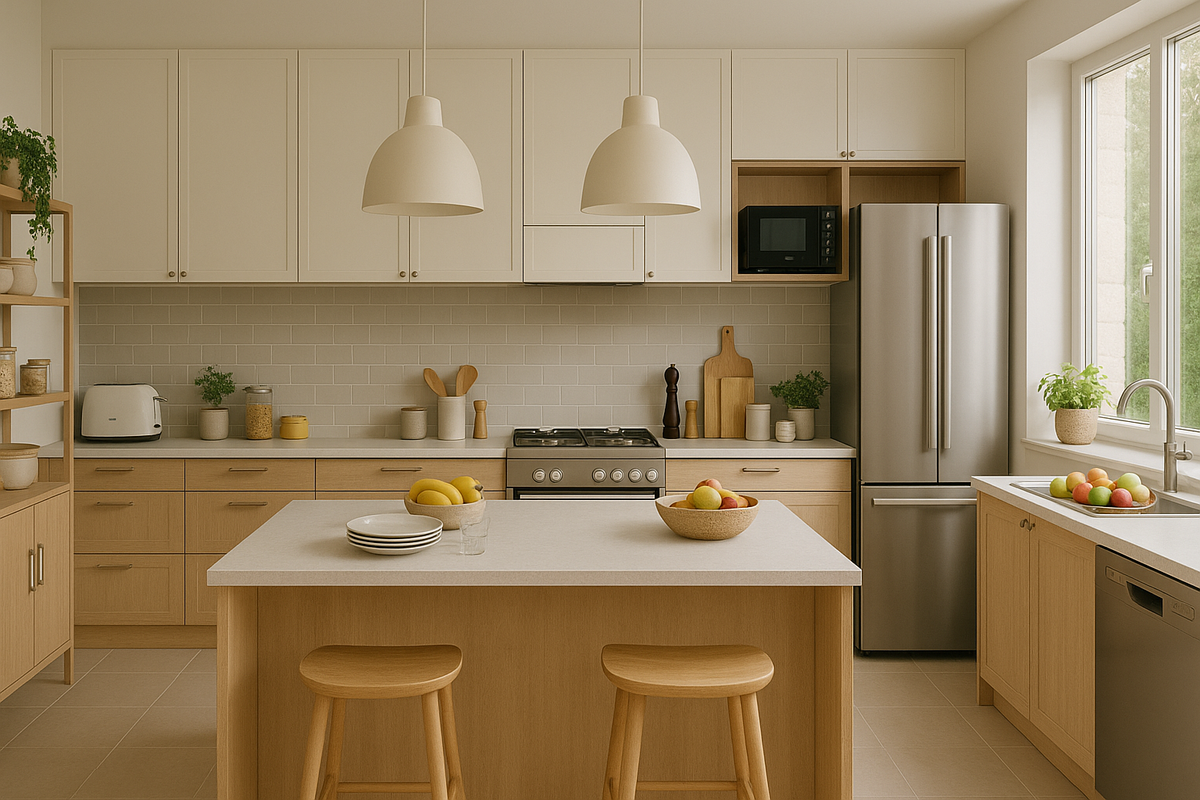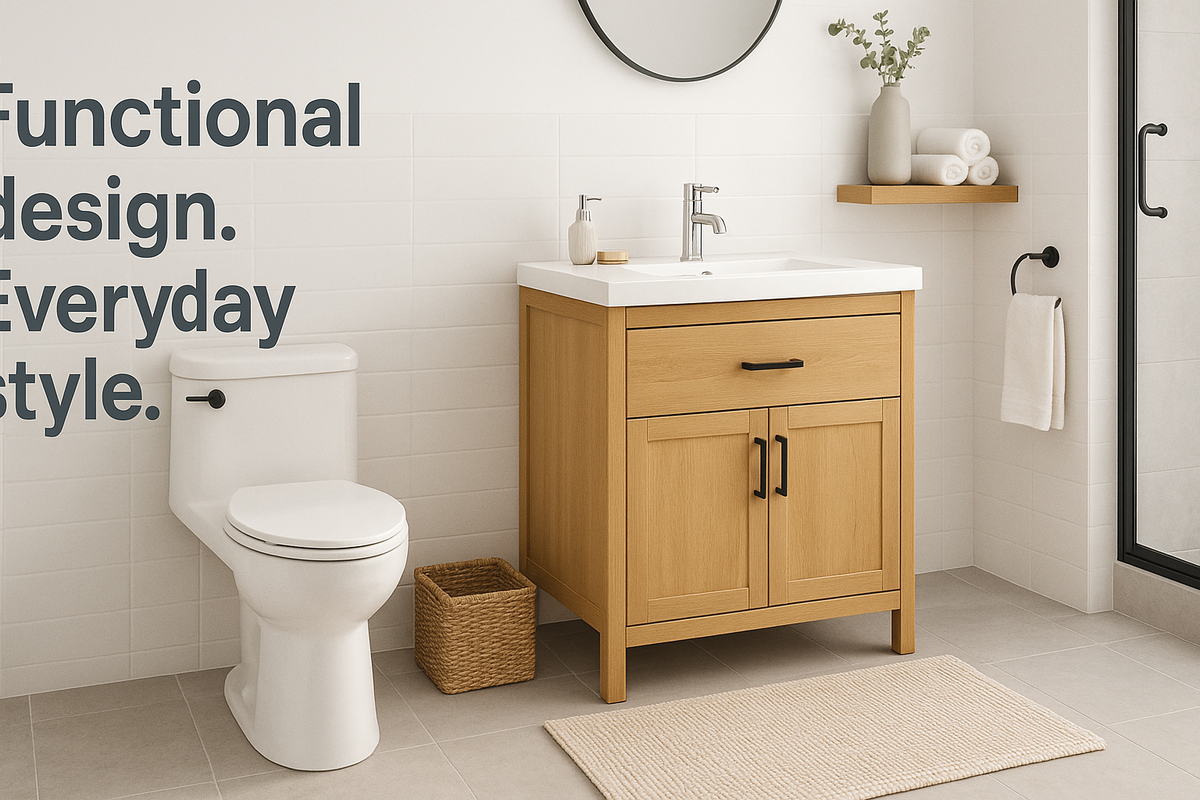How to choose the right fan?

How to Choose Your Fan: The Ultimate Guide
Introduction
With rising summer temperatures, an efficient fan becomes essential to maintain a comfortable environment. Whether you're looking to cool an entire room, an office, or simply enjoy a personal breeze, choosing the right fan can seem complex. This guide will help you understand the different types of fans available, their features, and how to select the one that best suits your needs.
Different Types of Fans
Pedestal Fans
Pedestal fans are popular for their versatility and ability to provide powerful airflow. They are usually adjustable in height and angle, allowing you to direct the air precisely where you want it.
Table Fans
Compact and portable, table fans are perfect for desks or workspaces. They are often less powerful than pedestal fans, but they are ideal for personal use.
Ceiling Fans
Ceiling fans are a permanent solution for cooling large rooms. They are effective for continuous air circulation and can be used in combination with air conditioning for better energy efficiency.
Wall-Mounted Fans
Mounted on the wall, these fans are perfect for tight spaces where a pedestal or table fan wouldn't fit. They can pivot and tilt for maximum coverage.
Tower Fans
With their modern and sleek design, tower fans are a great option for contemporary spaces. They take up less floor space and often come with additional features like remote controls and timers.
Bladeless Fans
Innovative and aesthetically pleasing, bladeless fans use air amplification technology to provide a smooth and constant airflow without traditional blades. They are often safer for homes with children and pets.
Criteria for Choosing a Good Fan
Power and Airflow
Airflow is a crucial factor in determining a fan's effectiveness. Measured in cubic meters per minute (m³/min), it indicates the amount of air the fan can move. For large rooms, opt for a fan with a high airflow rate.
Noise Level
Noise level is another important criterion, especially if you plan to use the fan while sleeping or working. Quieter fans often have specially designed motors to reduce noise.
Energy Consumption
Fans are generally more economical than air conditioners, but it's still good to check their energy consumption. Low-energy fans can reduce your electricity bills while being environmentally friendly.
Additional Features
Many modern fans offer additional features such as:
- Remote Control: For adjusting settings remotely.
- Timer: To program the fan to turn off after a certain period.
- Oscillation: For wider air coverage.
- Ventilation Modes: Like night or natural breeze modes for optimal comfort.
Featured Products
XYZ Oscillating Pedestal Fan
With an airflow rate of 70 m³/min and a noise level below 50 dB, the XYZ pedestal fan is perfect for large rooms. It features a remote control, programmable timer, and three ventilation modes.
ABC Compact Table Fan
Ideal for workspaces, the ABC table fan offers powerful airflow with a compact design. It has a tiltable head and two speeds for personalized control.
DEF Modern Ceiling Fan
The DEF ceiling fan is equipped with reversible blades and an ultra-quiet motor. Perfect for living rooms and bedrooms, it can be used year-round thanks to its reversible rotation function.
Tips for Efficient Fan Usage
Strategic Placement
Place your fan near windows or doors to maximize airflow. For table fans, direct them towards yourself or a heat source for optimal cooling.
Using Oscillation
Use the oscillation function to cover a larger area and avoid dead spots. This is particularly useful in large rooms or when multiple people are using the same fan.
Regular Maintenance
Regular maintenance of your fan, such as cleaning the blades and grills, ensures optimal performance and extends the device's lifespan. Consult the manufacturer's manual for specific maintenance instructions.
Conclusion
Choosing the right fan depends on several factors, including room size, personal preferences, and specific features you are looking for. By understanding the different types of fans and their characteristics, you can make an informed decision to stay cool during the hot months.
FAQ
What is the difference between a table fan and a pedestal fan?
A table fan is more compact and portable, ideal for small spaces and desks. A pedestal fan is larger and generally offers more powerful airflow, suitable for large rooms.
Are bladeless fans really effective?
Yes, bladeless fans use air amplification technology to provide a constant and smooth airflow, while being safer and easier to clean than traditional fans.
How can I reduce the noise of my fan?
To reduce noise, choose a fan designed to be quiet, place it on a stable surface, and ensure the blades and grills are clean.
By following this guide, you will be well-equipped to choose the perfect fan that meets your needs this summer.
By KasGlobe™️
To discover the Collection Living room and bedroom :
Souscription to the newsletter









